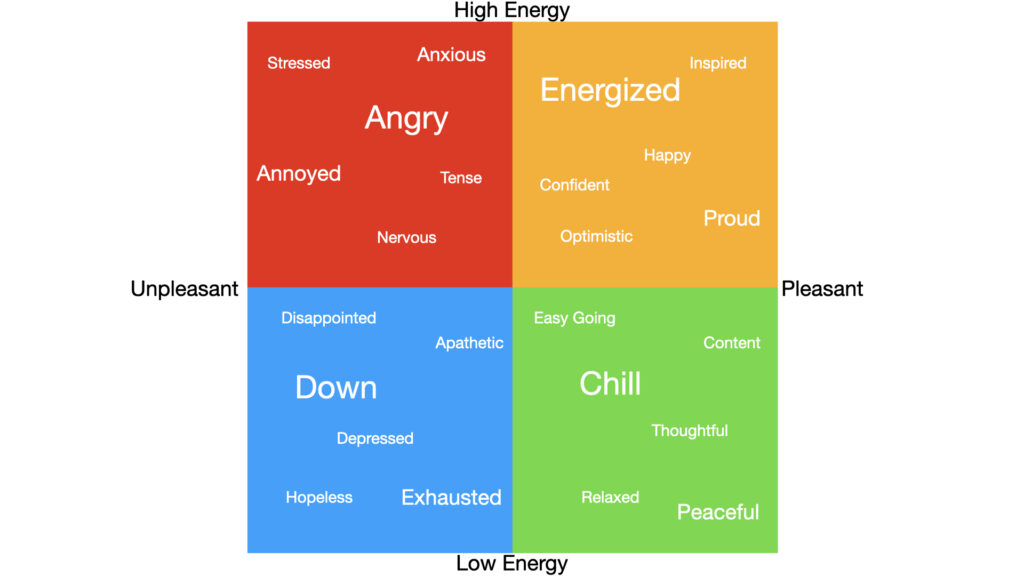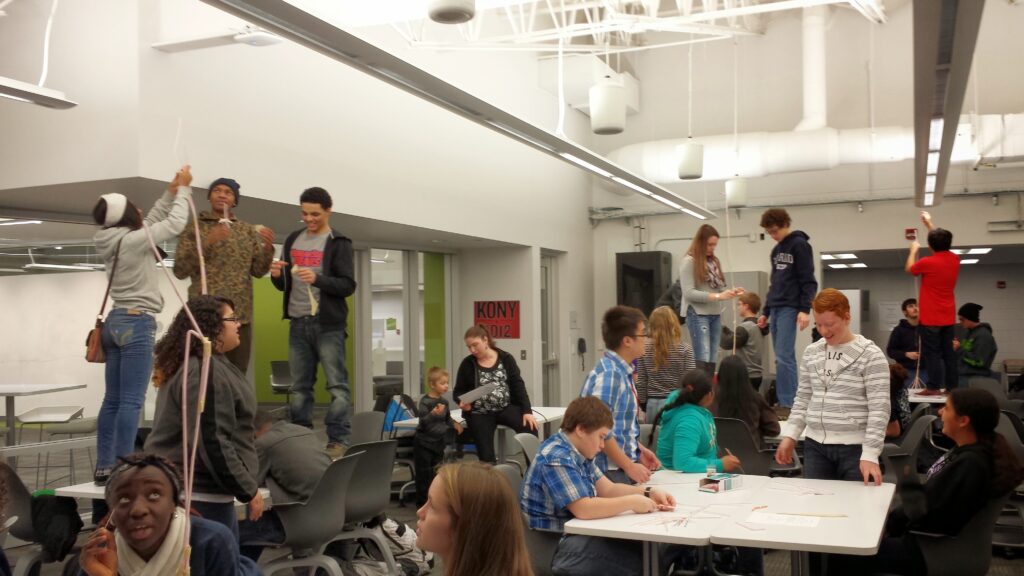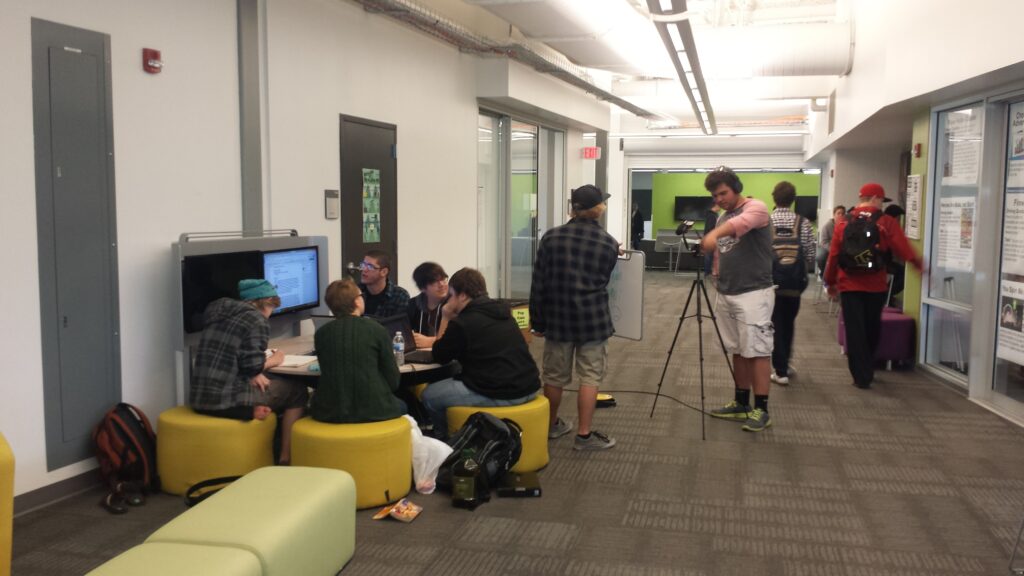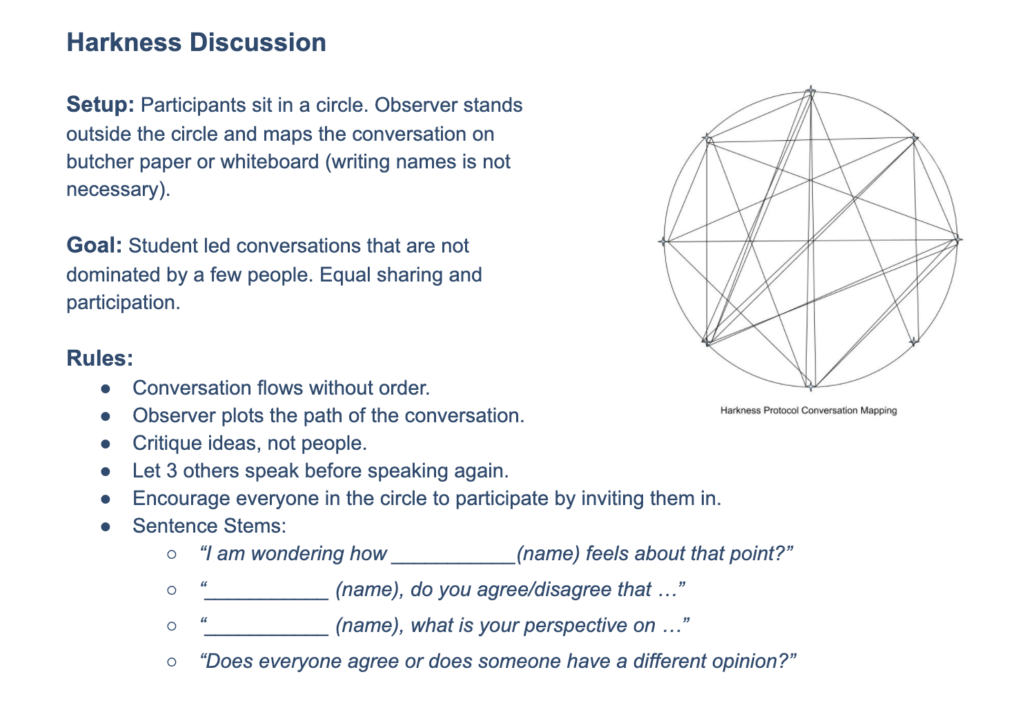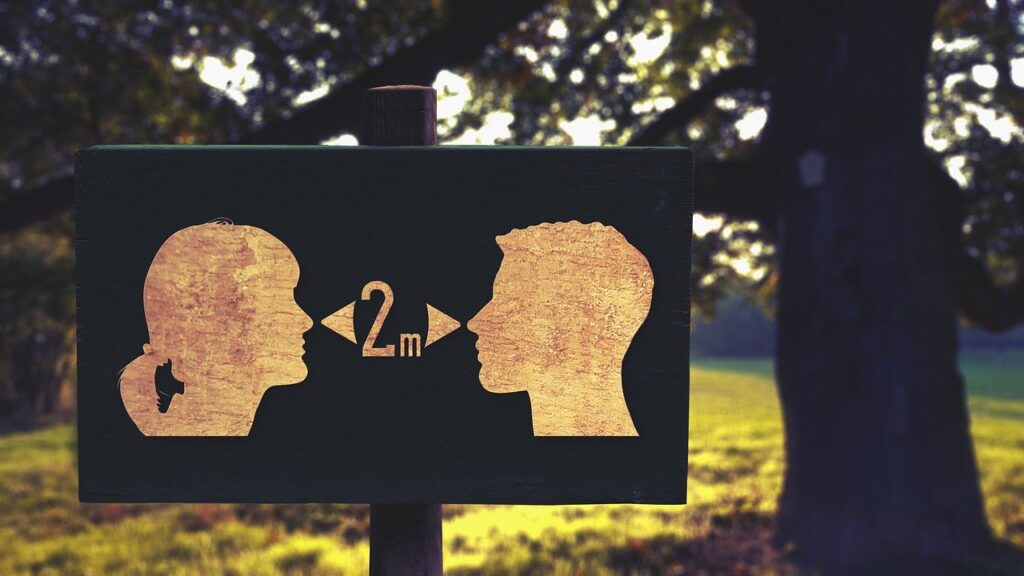What would it look like to intentionally plan our first weeks of school to introduce SEL competencies and PBL structures?
Some of us are already back in school, and the rest will be starting soon. This is the sixth and final post about how to plan for SEL and PBL as we hopefully return to face-to-face learning this fall.
Summer is a glorious time to rest and reflect on last year. As we head toward school reopening, PBL is the answer for how to address the diverse needs of students after this trying year. First, you make some big picture plans of your scope and sequence for projects, and then build your network connections for community partnerships. Now you are ready to plan the first week…
Every teacher knows the power of relationships in the classroom, and there is a heightened awareness of the importance of Social and Emotional Learning. As we launch into yet another year of Covid teaching, the safety and health-both physical and mental- of our students are at the forefront of everyone’s minds. The first weeks of school are a time to get to know students and build community. This is vital work that should be considered through the lens of the entire school year.
Teachers around the world launch new classes with icebreakers, team building activities, and the sharing of personalities and passions. In the past, some might view this as ‘just fun’ or wasted academic time, but it is the critical work of building a classroom community. One result of the pandemic is a greater appreciation for people’s mental health and the need for a supportive environment before deep learning can take place. While this alone is rationale for starting school with a child-centered focus, SEL and PBL teachers have always approached school this way. They realize that these activities have a dual purpose: building culture and community while at the same time establishing PBL routines and introducing SEL skills that will be cultivated the rest of the year. Consider these 10 ways to accomplish both goals this fall.
1. Checking In
Let’s start at the beginning, when kids enter the room. I have always been an advocate of greeting students at the door. It gives the teacher a chance to connect with them on a personal level and check in on their emotional state. There are many ways to do this. One way is to explicitly teach students to self-identity their emotions with a mood map as shown above. Elementary students might choose to wear mood bracelets to identify their feelings. These are great ways to teach Self-Awareness. Other teachers may choose customized handshakes for each student. How you greet kids is less important than making it a priority. What’s vital is that students know that they are welcomed and recognized daily.
2. Identity Activities
Many ‘get to know you’ activities focus on students’ families, likes, and passions at a surface level. Create a stronger community when students reflect on their unique identity background. There are a myriad personal identity wheels available appropriate for students of all ages. Or check out this great Identity portrait idea from Shana V. White. Make sure you model for students by sharing parts of your identity. Then students can choose to share a part of their identity in small groups. Be careful not to make this mandatory or intimidating in any way. Many students may not feel comfortable sharing openly at the beginning of the year, and we need to respect this.
3. Team Building Activities
You are probably already doing these but are you getting maximum impact? Team building activities allow students and teachers to meet one another in an enjoyable fashion. They demonstrate that learning can be engaging and fun. But the greatest value comes in the debriefing stage.
Students should reflect individually on what skills they used to complete the challenge. Then have them share with a partner or in small groups. Project the CASEL competencies on the wall and show the connections between their answers. Instruct students that they will be working in groups often in your class and developing these same skills everyday. You may want to follow up by creating some class agreements for how to work successfully in groups. For the next few weeks, remind students that they will need to use specific SEL skills and tie it back to your team building activity. For example:
Remember how we needed to listen to each other and take turns during the marshmallow challenge? We will need those same skills today as your team works on their final product. Let’s focus today on making sure everyone has a chance to share their thinking before we make a decision.
4. Video Clips
Share a video clip of a group of people working together to create something amazing. Similar to team building, project the CASEL competencies on the wall and have students reflect on which ones were used to create it. This is another opportunity to introduce and define SEL skills while encouraging students to practice them.
Another way to use video clips is to show part of a TV show and evaluate people with a rubric. Contestants could be scored for collaboration or communication skills. Choose one of the many shows with judges and have students evaluate the feedback given to participants. This is a non-threatening way to teach students to use a rubric to reflect on their own work.
5. PBL Routines
PBL is full of its own protocols and terminology: Entry Event, Driving Question, and Need to Knows to name a few. Start teaching students the vocabulary immediately, especially if they are new to PBL. The human brain cannot learn a new process and new content at the same time. So giving students a chance to experience the process without pressure helps them become comfortable with it. Take simple things like introducing themselves or learning how to use technology and turn it into a one hour ‘project.’ Students can present about themselves and offer each other some basic feedback.
Never expect a routine to go smoothly the first time. Students need space to practice and learn it first.
6. PBL Tools
In addition to the routines, there are many tools that help students develop SEL skills such as Self-Management and Relationship Skills in PBL. Teach students to write group agreements and fill out scrum boards to manage their groups. Elementary students might build a PBL wall to monitor their progress whereas secondary students might use Trello. For how to use these tools check out the post: How to Teach Students to Manage Themselves.
7. Content
There is no reason that you can’t start teaching content at the same time as building relationships and introducing SEL. Demonstrate that working in groups, problem solving, and practicing SEL skills is how your class will function all year long, not just during the fun, first week before ‘real’ school begins. Launch a mini-project with simple final product choices and low stake community connections to model the PBL process.
8. Discussion Protocols
A vital part of Relationship Skills is for students to explore controversial topics with diverse perspective in an empathetic and safe way. Protocols such Socratic Seminars, Harkness Protocol, and Talking Circles provide the structure. Before using any discussion protocols make sure that there is clear understanding that respect and civility are expected at all times. Introduce a new protocol with a fun round of an engaging topic at first so that students can practice the procedures without any pressure of difficult content.
9. Visible Thinking Routines
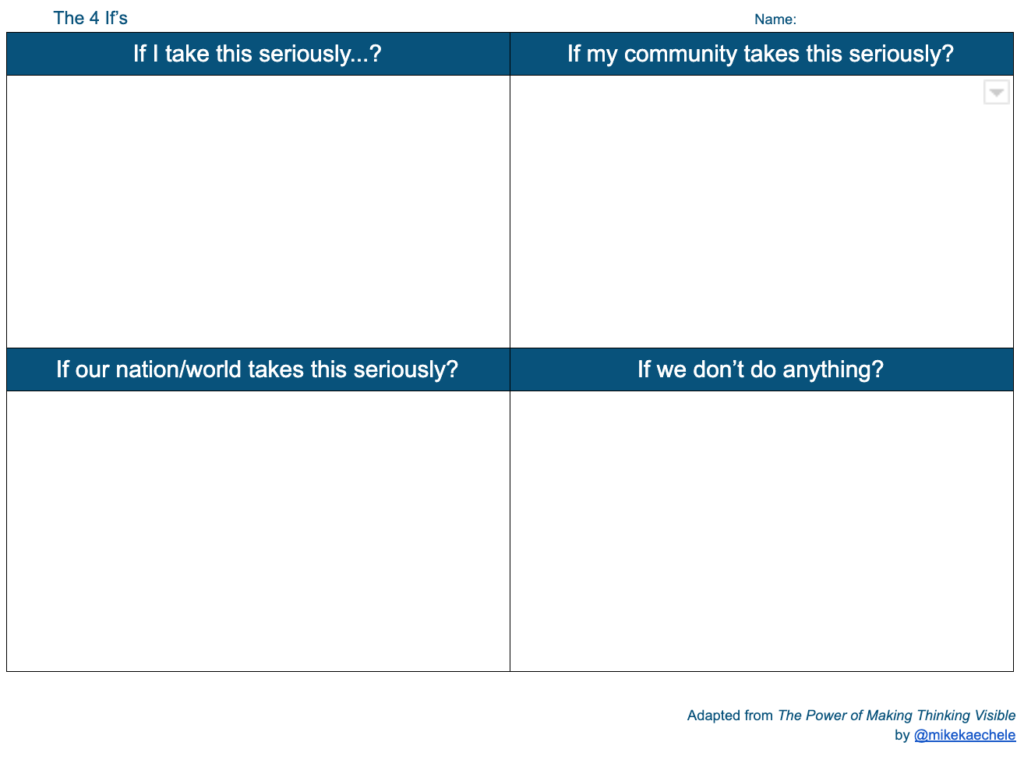
The middle of a project can get bogged down in research and traditional assignments unless we plan for rich student engagement with the content and each other. Harvard Project Zero’s Visible Thinking Routines provide many structures for student interactions throughout the project process. Don’t try to use them all, but rather pick 2-3 for specific purposes and use them throughout the year. You can access my templates for them at this post.
10. Create Class Rituals
One of the strongest cultural bonds is rituals. All cultures have their unique ways of celebrating important events such as birth, coming of age, marriage, and even death. Schools have rituals too. They may be tied to athletics, the arts, or community history and values. You can intentionally create rituals with your students that honor their identities and establish a culture of belonging.
Free Resources
Matinga and I have released a whole slew of resources from our recent book, Pulse of PBL: Cultivating Equity Through Social Emotional Learning. Sign up for our newsletter for free access to all of the strategies in the book.
Pulse of PBL
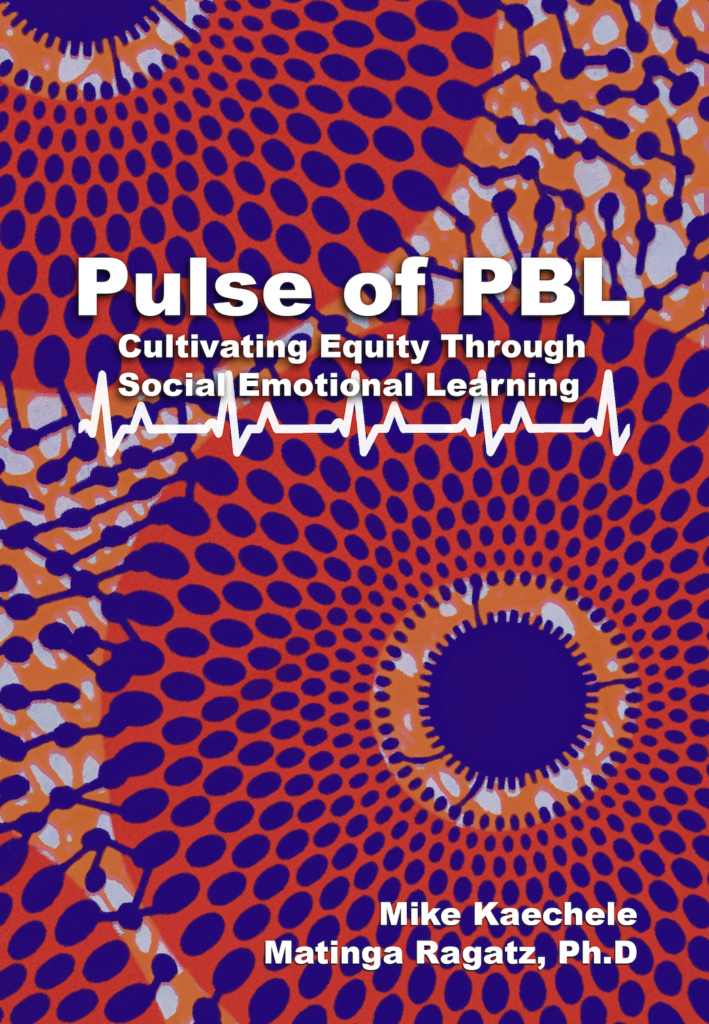
Learn with me!
If you are interested in how your school can use a PBL framework to teach SEL skills. I would love to have a conversation on how I can help. I have limited availability for PBL & SEL workshops during the school year so contact me early. Check out my workshop page or drop me an email at mikejkaechele@gmail.com. I would love to chat and co-plan meaningful PD for the educators at your school.

